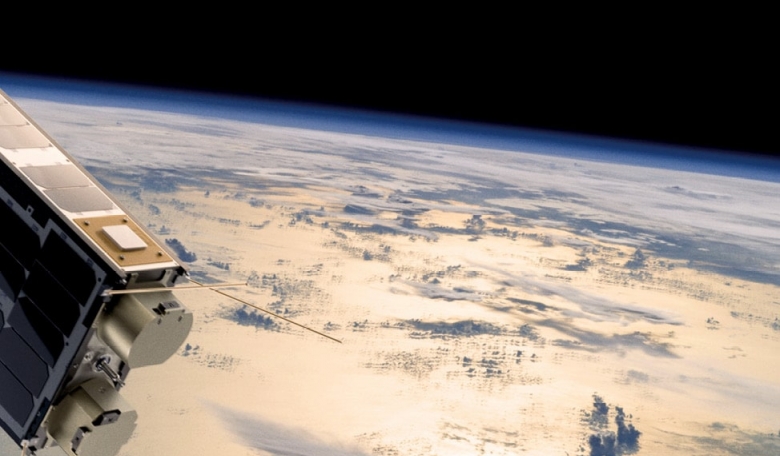The Internet of Things (IoT) is transforming and profoundly affecting the life of businesses, people and governments. New products and technologies are increasing efficiency and give us more control at home and in the workplace. The continued growth of IoT is dependent upon two factors though: ubiquitous coverage and real-time connectivity. Today there is no single communications technology that can reach all the possible regions and devices in the world. Nor could it handle the multitude of connections required and the magnitude of data transmitted and received for future IoT applications.
With 80 percent of the Earth’s landmass uncovered by terrestrial cellular networks, the need for more satellite-based connectivity for the IoT sector to reach its full potential is undisputed. And the envisaged growth of the IoT market and devices globally is staggering, to say the least. Forecasts like those from Northern Sky Research (NSR) predict 30 billion IoT devices in total will be online by the middle of the next decade, while International Data Corporation (IDC) expects worldwide spending on IoT to reach US$1.2 trillion by 2022. NSR also estimates that the satcom IoT pie will have grown to US$5 billion by 2025.
The opportunities are vast. The agricultural sector alone will need to produce 70 percent more food in 2050 than in 2006 in order to feed the growing population of Earth. With ecological and sustainable aspects in mind, the only way to reach those numbers is by using precision farming to massively increase crop yield.














